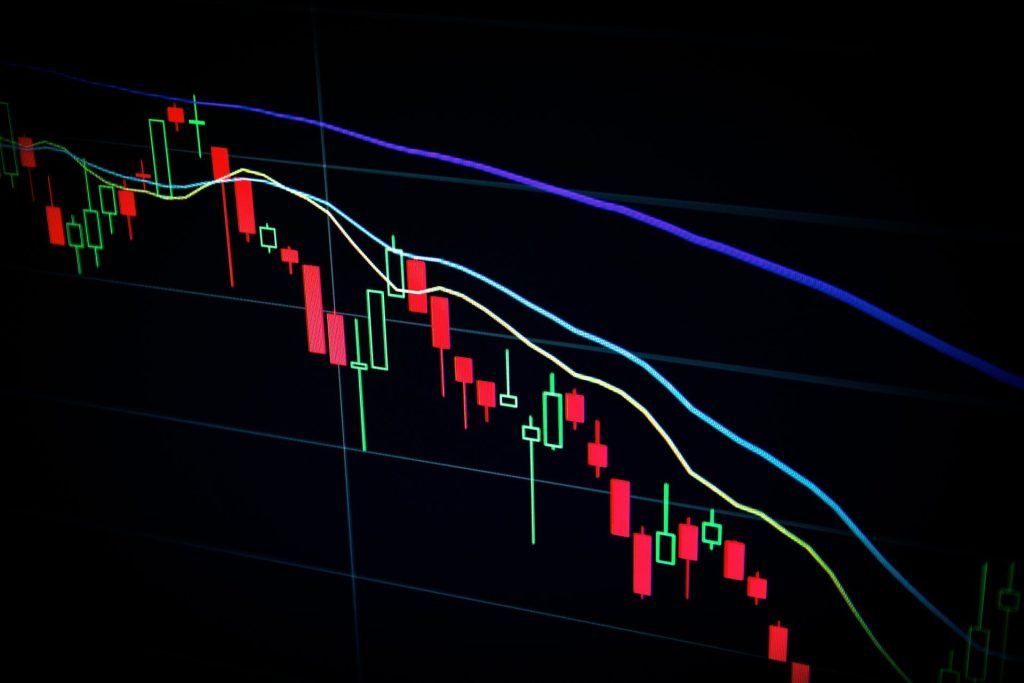How Gearing Ratios Impact Business Decision-Making – Daily Business

In business, numbers matter, and the gearing ratio is a key financial metric. But what is it, and why does it matter?
The gearing ratio shows how much a company relies on borrowing by comparing debt to equity. It helps businesses, investors, and lenders assess financial structure and risk, particularly during challenging times.

 Photo by Maxim Hopman on Unsplash
Photo by Maxim Hopman on UnsplashWhy Gearing Ratios Matter
Decisions about money are at the heart of any business. Should the company borrow to expand? Should it play it safe and stick to its own funds? A gearing ratio offers guidance. High gearing means more debt compared to equity. Low gearing means the company is less reliant on borrowing.
If a company is highly geared, it could be seen as risky. More debt means more repayments. If profits fall, staying afloat might become more difficult. On the other hand, low gearing is safer but could result in slower growth.
Understanding a company’s position enables decision-makers to act wisely. It’s about balancing risk and reward.
High Gearing and Business Risk
A high gearing ratio often raises concerns. It means a business relies heavily on debt. Think of it as a double-edged sword. Debt can drive growth, but it also adds pressure.
For example, imagine a retailer borrowing to open new shops. If sales take off, the loans can quickly pay for themselves. But if sales drop, debt repayments could eat into profits. This balancing act can influence decisions at every level.
High gearing can also reduce flexibility. It might prevent a company from taking on new loans. Investors might also be put off, fearing instability. Decisions become reactive rather than proactive. That’s why companies keep a close eye on their gearing ratio.
Benefits of Low Gearing
Low gearing has its perks. It shows a business can run without leaning too much on loans. Investors often see this as a green flag. They know their money isn’t propping up debt repayments.
It also allows breathing space. With fewer financial obligations, companies can focus on innovation. They can take risks, such as launching a new product, without being weighed down by loan terms.
However, playing it too safe can lead to missed opportunities. Companies with low gearing might grow more slowly. Striking the right balance is key.
Industry Differences
Different businesses think about gearing in different ways. What’s acceptable really depends on the industry.
Take manufacturing, for example. It often requires big investments in machinery, and borrowing might be the only way to cover those costs. So, higher gearing ratios are pretty normal.
Meanwhile, service-based businesses like consulting usually need less capital. They tend to rely more on equity, which means their gearing ratios are typically lower.
The key is context. A high gearing ratio isn’t always a bad thing—it just needs to make sense for the type of business.
Decision-Making in Practice
How does gearing actually guide decisions? Picture this scenario.
A business wants to launch a new product. They could fund it by taking another loan or reinvesting their profits. With a high gearing ratio, the logical step might be to hold back. The risk of more debt could outweigh potential rewards.
Now, imagine the same scenario with low gearing. Here, the business might feel confident borrowing to fund growth. The lower debt load means room for more leverage.
Gearing ratios also inform long-term plans. If a company aims to attract investors, low gearing might be the goal. A strong balance sheet can boost confidence. On the other hand, if rapid growth is the priority, some borrowing might be worth the gamble.
External Influence
It’s not just internal figures that matter. Economic conditions also play a role. High interest rates, for example, can make debt more costly. A company with high gearing might struggle.
On the other hand, when rates are low, borrowing becomes cheaper. Decisions often lean towards using these favourable conditions. The gearing ratio helps decide if it’s worth adding more debt.
Economic downturns highlight how gearing impacts business. High gearing may feed instability. Profits might focus on paying debts rather than driving the business forward.
Final Thoughts
The gearing ratio is more than just a number. It serves as a guide. It balances growth and risk, and helps businesses face challenges with confidence.
High gearing pushes businesses into growth mode. But it’s risky. Low gearing feels safer. Yet, it might slow things down.
Understanding and managing gearing ratios allows businesses to adapt. Whether it’s big decisions like expansion or smaller ones like refinancing, the ratio is a constant checkpoint. After all, smart decisions are built on solid numbers.
#Gearing #Ratios #Impact #Business #DecisionMaking #Daily #Business




